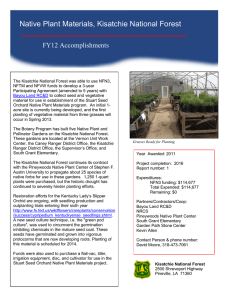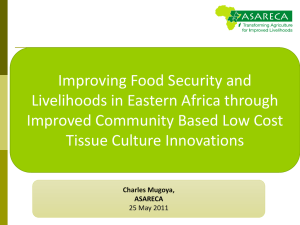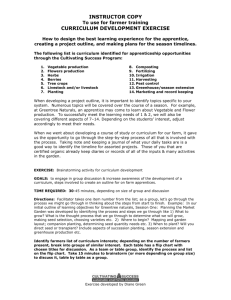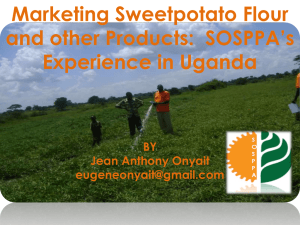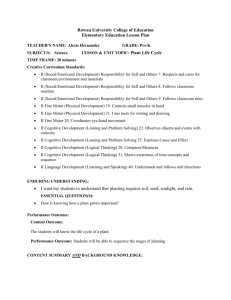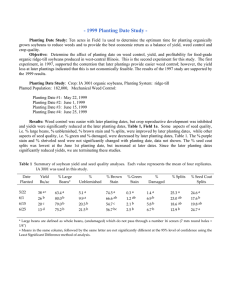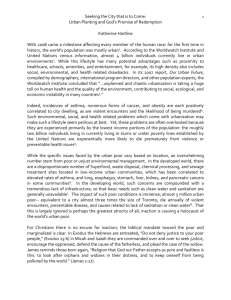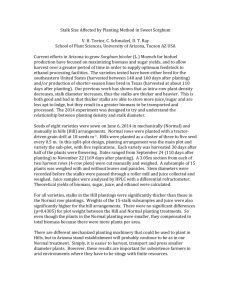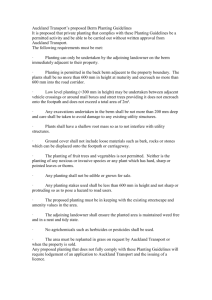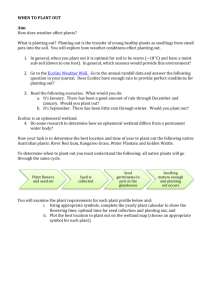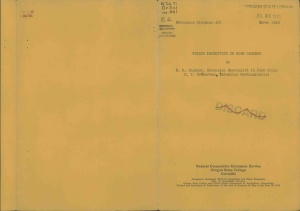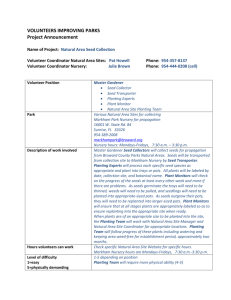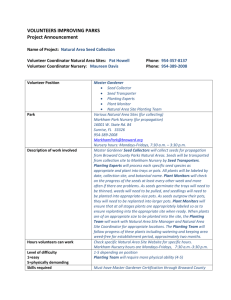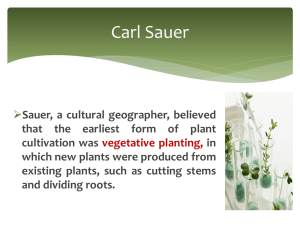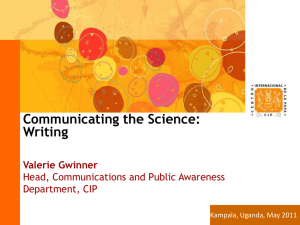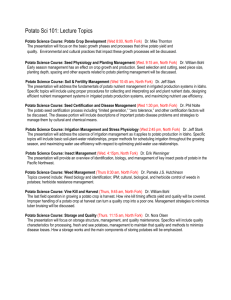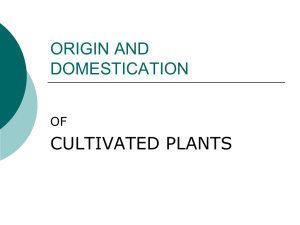8. Dryland Systems - Ghana
advertisement
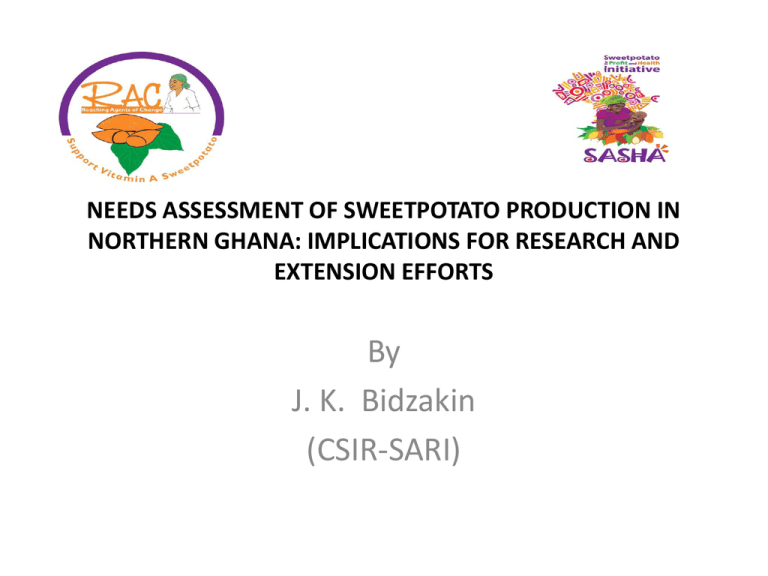
NEEDS ASSESSMENT OF SWEETPOTATO PRODUCTION IN NORTHERN GHANA: IMPLICATIONS FOR RESEARCH AND EXTENSION EFFORTS By J. K. Bidzakin (CSIR-SARI) The Drylands Systems CGIAR Research Program: Integrated and Sustainable Agricultural Production Systems for Improved Food Security and Livelihoods in Dry Areas CRP1.1 to work in 5 West Africa countries Sites in Ghana : Dimabi NR Touri, UWR J. K. Bidzakin (CSIR-SARI) developing a systems approach in dryland agriculture AIM: Trigger sustainable agricultural development in the drylands Develop multidisciplinary research methods Site specific SRF developed based on major constraints DS CRP: partnership • Further-reaching partnership than the traditional CGIAR-NARS collaboration • Heavier involvement of FBOs, NARS, NGOs, private and communication sectors • More emphasis on participatory and “demanddriven” Research and development processes Rationale of the study To generate relevant information to describe the prevailing sweet potato production, marketing and utilization in the selected communities. To guide CIP Ghana to identify entry points and to help in the design of interventions for implementation in the selected districts in the three regions up North To provide preliminary data which will complement the comprehensive household baseline study to be conducted Methodology • Qualitative RRA/PRA tools – focus group discussions (FGDs) – key informants interviews – seasonal calendars – problem solving tree – decision making matrix – problem census and prioritization matrix – personal field observation Sampling strategy District Tolon Kumbungu Lawra Bawku Central Total Community Dimabi Yipala Cheyohi Nayili Touri Dikpe Ninkongo Kpaliga Female # of Male Farmers 9 16 11 7 12 16 21 13 41 24 14 28 30 29 52 31 26 44 69 143 212 Results Decision making matrix DECISION / TASK DECISION MADE BY: MEN WOM Comments (include the comments and EN discussion from the participants) Potato farming - Use of plot for farming - - Choice of crop variety for farming Cultivation method - Purchase of inputs - - Use of SP(sale, home consumption Use of cash after sale - Taking loan - Become member of producer group Men own the land but some is given to women to cultivate Mostly by men but in consultation with the women Both share ideas to decide on the appropriate method Mostly by men Women can decide to use the SP they have produced by themselves likewise the men Whoever owns it decides its usage Any of us can decide but in consultation with the other Both discuss and agree on which group to join Problem solving tree PROBLEM CAUSES SOLUTIONS/COPING STRATEGY • Lack of bullocks for ploughing • Lack of credit facility to assist them buy bullocks • Company farming and provision of credit • Lack of planting materials • Lack of water sources for dry season gardening Difficult to maintain seed and animal destruction • Use of fenced gardens in the offseason to maintain planting material • Lack of knowledge on varietal options available • Sensitization on available varietal options • Intensive continuous cropping • Application of organic and inorganic fertilizers • Lack of improved varieties • Poor soils Problem solving tree con’d PROBLEM (Trunk) • Drought • Insect damage to root and vines • Animal destruction • Lack of knowledge on modern methods of production CAUSES (Roots • Natural, they cannot explain • organic material in soil, Clay soils attract them • Animals are not restricted /housed intensively • Lack of training SOLUTIONS/COPING STRATEGY (Crown) • Planting early if seed is available • Clear all crop residue from field and crop on loamy soils, use of pesticides • Fencing of potato fields and tethering of animals • They need training on new agronomic practices Results Con’d problem census and prioritization matrix Northern Upper West Upper East • Provision of planting material (seed) • Provision of Credit facility • Help identify Good market sources • Timely supply of planting material • Seed multiplication • Training on disease and pest management • Provision of credit facility • Training on good agronomic practices for SP production • Soil fertility management • Identifying good market sources • • • • • Credit facility Provision of fertilizer Identifying good market sources training on processing options available Lack of tools for land preparation Conclusion • There is bright future for sweetpotato production if the right interventions are put in place. • The regions’ soil and climatic conditions support the growth of sweet potato, especially in the Northern Region, as farmers are switching to sweetpotatoes production due to declining soil fertility to support yam production. What is this?

